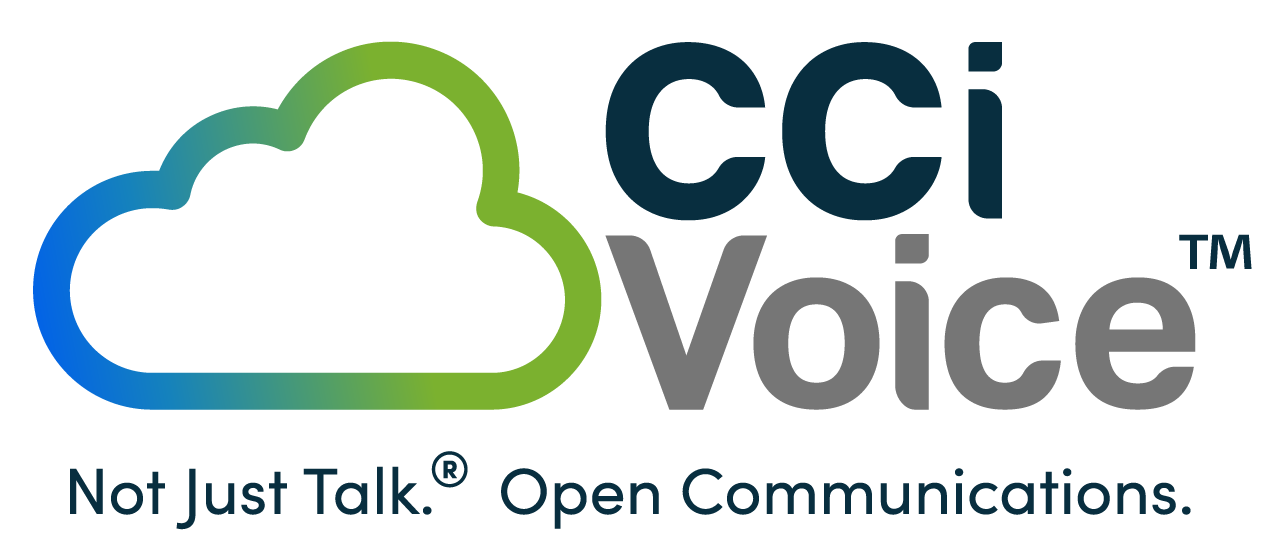So you’ve jumped into a search engine to learn which telecommunication format is best for your business: SIP, VoIP or PBX. But rather than pit those three against one another to determine a winner, the better strategy is to learn the basics of business communication and how the systems work in tandem to make meaningful connections in vast networks.
The truth is they all work together. SIP and PBX enable VoIP communication, so it’s not a matter of comparison. Trying to compare them is like trying to compare mozzarella cheese with pizza—these aren’t alternatives, instead, one informs the other. Examining each component separately will help you better understand how one relates to the other.
Communication Inspires More Than Business Solutions
There’s no denying that human beings are social animals. No matter how cloistered we are with our own thoughts and opinions, we each possess the powerful urge to surround ourselves with family and friends and share our lives with them. Even when all we have to talk about is the minutiae of our lives, we still strive to communicate our perspective to anyone who will listen.
A similar dynamic applies to the professional world—communication is the force by which all business gets done. Without open lines of communication and social awareness between sellers and buyers, industry neighbors, and colleagues, all business would be lost.
But face-to-face communication is not always possible. In fact, it’s a safe bet that the majority of a business’ communication efforts take place over the telephone or, more likely, the internet. Massive amounts of data are sent across worldwide networks on a daily basis, in real-time no less. All of this communication commotion increases the chances for things to get messy, complicated, and confusing.
How do SIP, VoIP, and PBX help you navigate the discord and enable you to establish direct contact while communicating over different networks? Let’s jump in.
What Is SIP and How Does It Work?
Without a rulebook to guide technology, chaos ensues. You need a system that defines how to set up and manage multiple exchanges across networks—and this is where SIP comes into play.
SIP (Session Initiation Protocol) is a set of standards for signaling, and is responsible for setting up, connecting, and eventually disconnecting voice or video communication sessions over the internet. SIP helps locate devices on a network and connect the two or multiple parties.
Think about it like this: When two acquaintances see each from across the street, they’ll typically wave to one another before saying a word. SIP is the wave between devices on a network, establishing a connection. This signaling protocol, or SIP trunking, assists a device in locating another device, connects them to one another, ensures everyone is listening, and allows for the transfer of voice, video, and data. SIP is how meaningful communication occurs between people around the world using their computers, desk phones, and mobile devices.
An integral part of cloud telephony, SIP enables your organization to harness the power of VoIP. Okay, so, what is VoIP, you ask?
What is VoIP and How Does It Work?
If SIP is a wave between acquaintances, VoIP is the conversation that follows. VoIP stands for Voice Over Internet Protocol. The “protocol” that’s referred to in VoIP is SIP. A broad term that covers any phone call placed over the internet, VoIP describes the action used to digitally transmit the voice and/or video signal to another telephone source.
There are other terms that are used interchangeably with VoIP, and these include IP communications, voice over broadband, broadband phone service, broadband telephony, IP telephony, and internet telephony. The most basic functions of VoIP and all its iterations require a VoIP-enabled phone and VoIP software. Such imperative tools enable you to make and receive calls over an internet connection—meanwhile, one of VoIP’s main advantages is that it removes the clutter of hardlines in an office setting, without forcing mobile devices to shoulder the workload.
A VoIP setup conveys professionalism, as it gives you the opportunity to retain an official business line of communication for your company, no matter where your team is located. This is accomplished by VoIP utilizing well-known applications, such as Skype or Google Talk, while also having the capability to apply IP-enabled PBX hardware.
What is a PBX and How Does It Work?
The search for business phone solutions inevitably leads you to PBX. An abbreviation for Private Branch Exchange, PBX is a business-grade phone system with features that enable communication both internally and externally—which is essential for a company’s daily operations.
Features of this all-important communication apparatus include extension dialing, hold music, waiting queues, call re-routers, and call conferencing. These features are what you encounter each time you place a call to any business with an automated answering system, like a bank or insurance company. Separate from the type of system you’d find on residential phone lines, PBX connects colleagues in a work setting and to the outside world.
Types of PBX systems go back to the early days of telephone communication, with analog iterations connecting to the Public Switch Telephone Network (PSTN) via the Plain Old Telephone Service (POTS). Analog PBX predates the internet and falls short of modern-day phone system needs.
The contemporary age of PBX also signals the arrival of a hosted PBX—also known as a virtual PBX. This service puts your phone system “in the cloud,” instead of cramming it all into a telecom closet. A hosted PBX is maintained by service providers, connecting businesses via the public internet with the help of SIP trunks, which are bundled into the hosted platform. While some people like having a physical phone system on-site, the hosted PBX rids a business’ bottom line of maintenance costs, while eliminating software upgrades and service downtime.
How Do SIP, VoIP, and PBX Work Together In A Business Setting?
We’ve examined each constant of the SIP, VoIP, and PBX equation, but how do all of these communication components work together to foster success?
SIP, VoIP, and PBX are interconnected. A hosted PBX service uses SIP to connect to VoIP endpoints, like a VoIP telephone or even an app on a mobile phone. In short, an organization’s PBX uses SIP trunks to connect to VoIP.
IP PBX, or VoIP PBX, utilizes broadband internet and other digital hardware for communication. In essence, broadband PBX delivers the tools needed to successfully harness VoIP over the same internet connections as an office computer. This means IP PBX systems can feature high definition audio, along with call queuing and application integration. And it’s all connected via a SIP-trunking service.
These three services work as one to close the loop on business communication—assisting organizations in the effort of getting their message across.







Leave a Comment